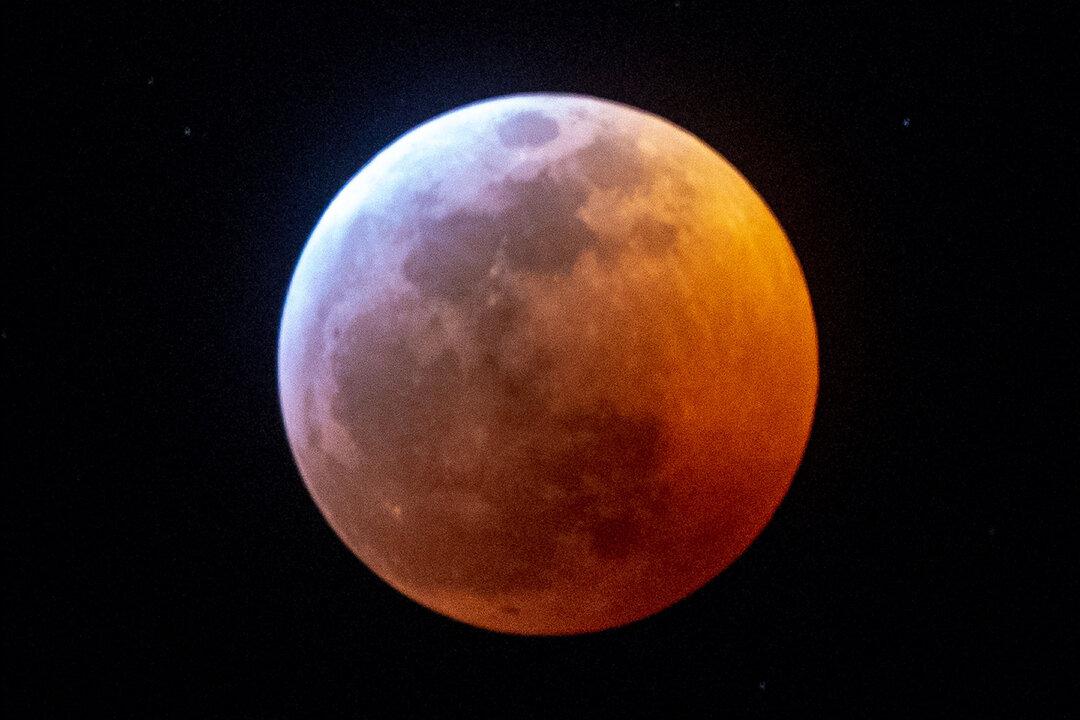An intriguing lunar phenomenon known as a Wolf Moon Eclipse will grace the night sky on Jan. 10, 2020. The January full moon will drift into Earth’s shadow, inaugurating the first of 13 full moon appearances in the year to come.
During the first full moon of the new decade, the Moon will only enter Earth’s faint outer shadow, or “penumbra,” and will not be engulfed completely. This spectacle, otherwise known as a “penumbral lunar eclipse,” means that the full moon will only diminish in brightness rather than being entirely shrouded by the shadow of the Earth, as in a total lunar eclipse.





